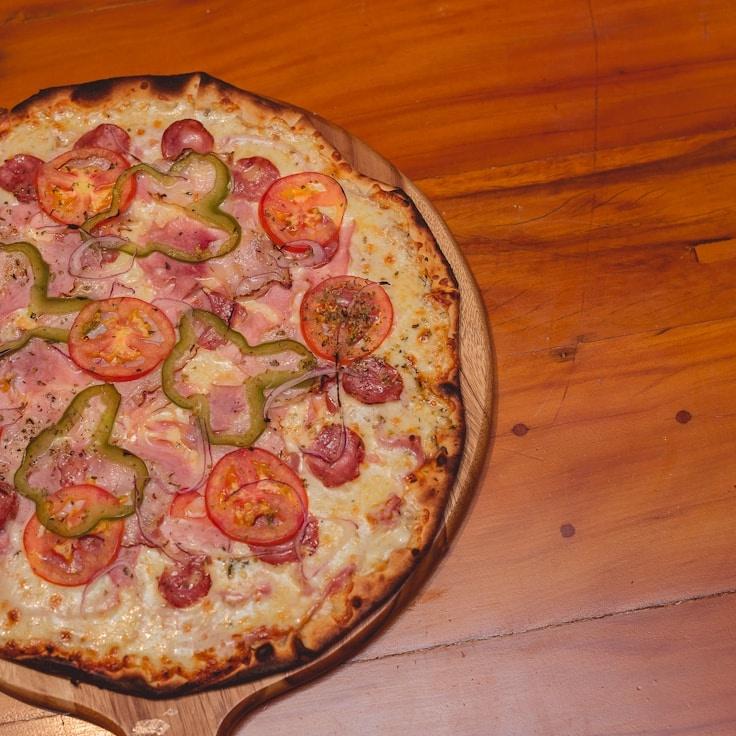At GlenFootPath, our motto is that truly outstanding pizza begins with stellar dough. Having honed our formula over thirty years, we're thrilled to impart some insights with our patrons. While the precise recipe remains our closely held treasure, the following guidelines will steer you toward the hallmark of eatery-level pizza dough in your own kitchen.
Importance of Flour Quality
Superb pizza dough rests on the use of top-tier flour. Our go-to is 00 flour, a finely milled Italian variety with a moderate protein level, roughly 12%, ensuring an ideal blend of elasticity and softness. If 00 flour is elusive, replacing it with bread flour works, although it will result in a slightly altered texture.
Optimizing Water Temperature and Dough Hydration
Water's temperature is critical to the dough's rising time and texture. Prefer cold water at 45°F (7°C) for extended fermentation, enhancing the flavor, or lukewarm water at 85°F (29°C) to speed up the process. Aim for a hydration ratio—water to flour—of 60-70% best suited for typical home ovens.
Yeast Usage and Fermentation Duration
A key to rich-tasting dough lies in minimal yeast use and extended fermentation. With only 0.2% fresh yeast relative to our flour's weight, we let our dough ferment for 24-48 hours, letting flavors deepen and producing a dough that's more digestible.
Role of Salt Beyond Seasoning
Salt serves a dual purpose, not only imbuing your dough with flavor but also fortifying the gluten network and moderating yeast activity. We suggest fine sea salt at 2.5-3% related to your flour's weight. Incorporate it once merging of flour and water has begun, avoiding direct yeast contact.
Mastering Dough Fermentation
Post-kneading, give your dough a primary fermentation at ambient temperature for a couple of hours, then split it into separate portions. Tuck these into covered containers and refrigerate them for a day to three days. During this chilled fermentation phase, enzymes go to work, converting starches into sugars, shaping both the flavor and the appealingly browned crust appearance.
Gentle Dough Handling
Prior to pizza making, allow your dough to reach room temperature, taking it out of the fridge 1-2 hours before baking. Handle it with care to maintain the bubbles formed. Rather than rolling, use your fingertips to gently press and stretch the dough, ensuring those air pockets stay intact.
The Ultimate Element: High Heat
Your home oven might not replicate the 850°F (454°C) heat of our professional wood-fired ovens, which typically stop around 550°F (288°C), but you can compensate with a preheated pizza stone or steel plate for no less than an hour. This mimics the powerful bottom heat required for a crispy crust and a light, airy middle.
The craft of perfecting pizza dough is ongoing. Every batch yields new insights into the crafting process. Make a record of changes, experiment with different variables, and find the perfect method for your specific cooking space.
For a live demonstration of how we make our dough, we hold monthly pizza workshops led by Chef Luciano. Keep an eye out on our events calendar for the next session!

